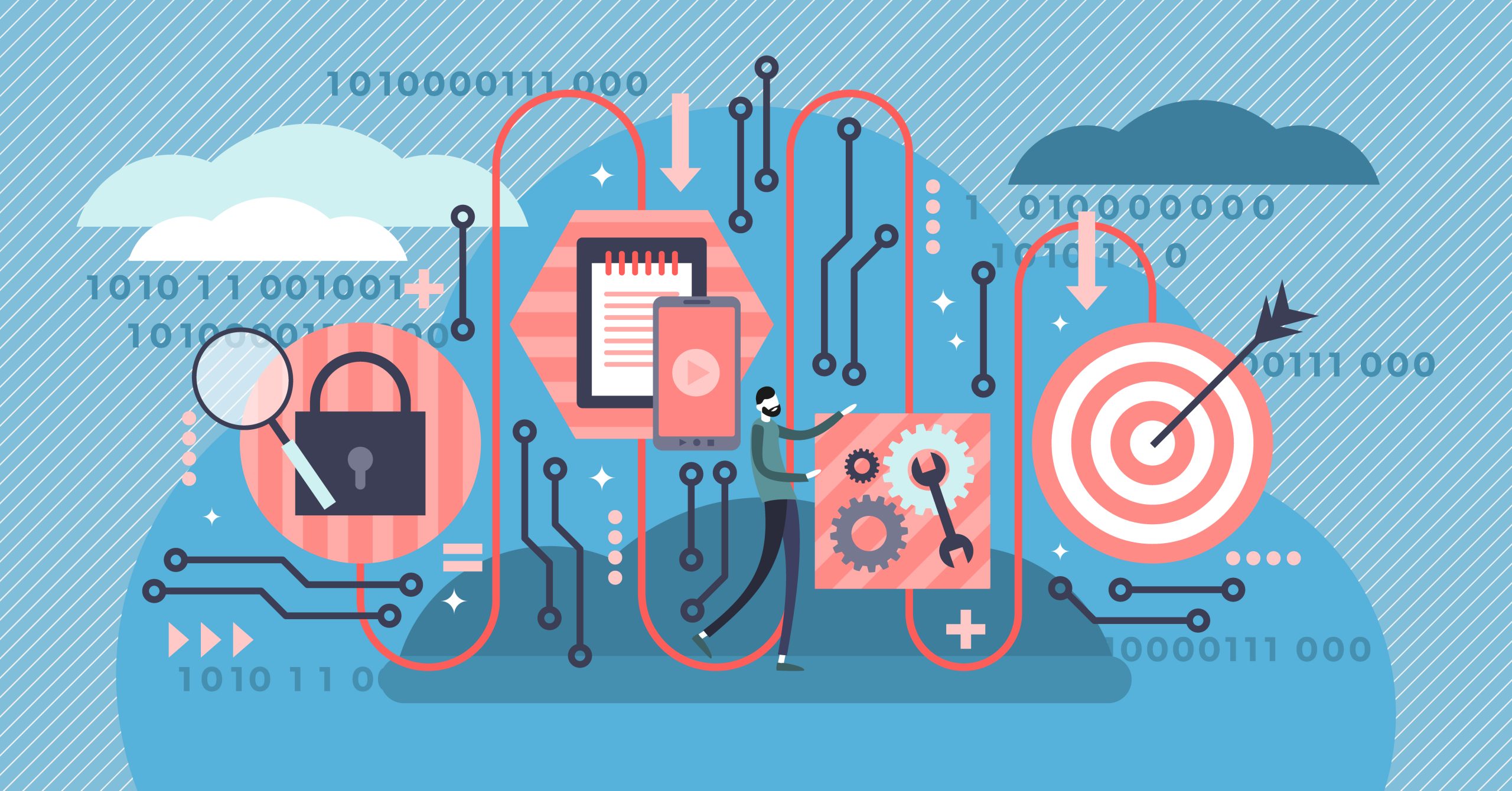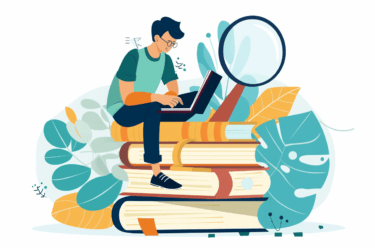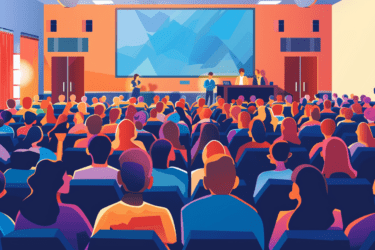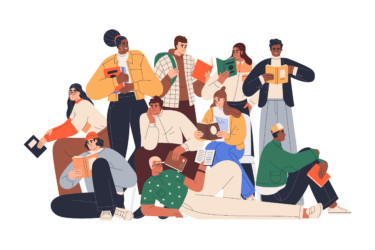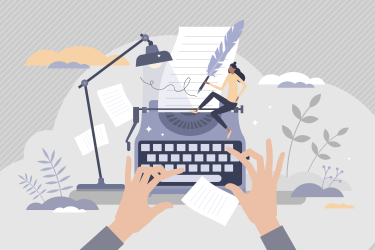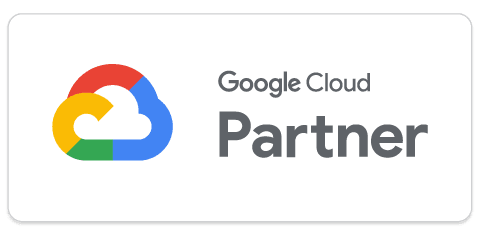How to detect AI plagiarism? In this article, we’ll look at the software that can help to check plagiarism, how Google can recognize AI content, and what legal issues AI plagiarism can cause.
Not only AI but also AI plagiarism is everywhere. This term has several meanings. First, when someone dishonestly uses a text written not by a person but by AI chatbots, such as ChatGPT or Google Bard. So, for example, students or creators can pass “machine-generated” text for their thoughts. This is essentially plagiarism because it is about deception: passing someone else’s text (AI text) as one’s own.
Second, as research by PlagiarismCheck.org revealed, AI writing tools cannot generate unique content but paraphrase or copy existing text parts without citing sources. Similarity can reach up to 45%. Thus, it is plagiarism generated by AI.
But there is good news: plagiarism can be easily detected in both cases.
What software is used to detect AI writing?
If you want to check whether a text is generated by artificial intelligence, you need software that can do it for you: AI checker. Leading tools like PlagiarismCheck.org’s TraceGPT use constantly updated algorithms and machine learning techniques to identify AI-generated content. In addition, PlagiarismCheck.org can also compare the text with many other sources and see if there are similarities and overlaps. Using these tools, you can avoid unauthorized AI and plagiarism and protect your work.
 AI Content Detector as part of the PlagiarismCheck tool |  AI Content Detector by PlagiarismCheck.Org as a separate tool |
Can Google detect AI content?
As one of the leading players in AI research and development, Google claims that it can recognize AI-generated content. For ranking web pages, Google’s algorithms use the model E-E-A-T: expertise, experience, authoritativeness, and trustworthiness. So, the uniqueness of the text is the most important:
- high originality;
- absence of plagiarism;
And also expert quality: which cannot yet be provided by texts written by AI. Google recognizes but does not prohibit using AI-generated content (besides manipulating ranking in search results: this violates Google spam policies). Also, Google does not mark AI texts.
“Using automation—including AI—to generate content with the primary purpose of manipulating ranking in search results is a violation of our spam policies […] However the content is produced, those seeking success in Google Search should be looking to produce original, high-quality, people-first content demonstrating qualities E-E-A-T” – Google Search’s guidance about AI-generated content.
Unfortunately, Google Docs don’t have a built-in plagiarism checker. However, you can easily install a specialized Google plagiarism checker add-on, such as PlagiarismCheck.org.
And also use AI Detector Chrome Extension.
Can AI violate copyright?
AI plagiarism is not just a technical problem. This is also a legal issue. AI relies on data from various sources, sometimes without proper referencing or acknowledging the original creators. This causes debate among creators because AI uses copyrighted materials for training without permission and remuneration to the authors. Cases, when AI violated copyrights were discussed here.
In addition, the AI texts lack the creativity or originality humans possess. This means that AI content cannot be copyrighted on its own. Which also causes future difficulties.
Conclusion
People create and edits content differently: AI changes all approaches. But it also causes some difficulties due to the higher probability of plagiarism in AI texts. You can use the tools separately to recognize the text written by AI (TraceGPT) and immediately check the text for plagiarism + AI detector (PlagiarismCheck.org). It is worth being careful about the legal issues of AI plagiarism and using artificial intelligence ethically and responsibly.

